Amanda Annand is a Canadian-born visual ethnographer and environmental practitioner. Having grown up in a town of fewer than 200 people, she’s most comfortable in small and unusual places. Her academic and documentary work focuses on themes relating to culture, resource development, and connection to place.
Photography has been a lifelong passion for Amanda, but it wasn’t until she started her masters in International and Intercultural Communications in 2016 that she began to cultivate her use of documentary photography. In 2018, the Magenta Foundation named her one of the 100 Top Emerging Photographers in the Flash Forward awards. She currently resides in Yellowknife, NWT, where she hopes to add more regional diversity to Canadian documentary voice.

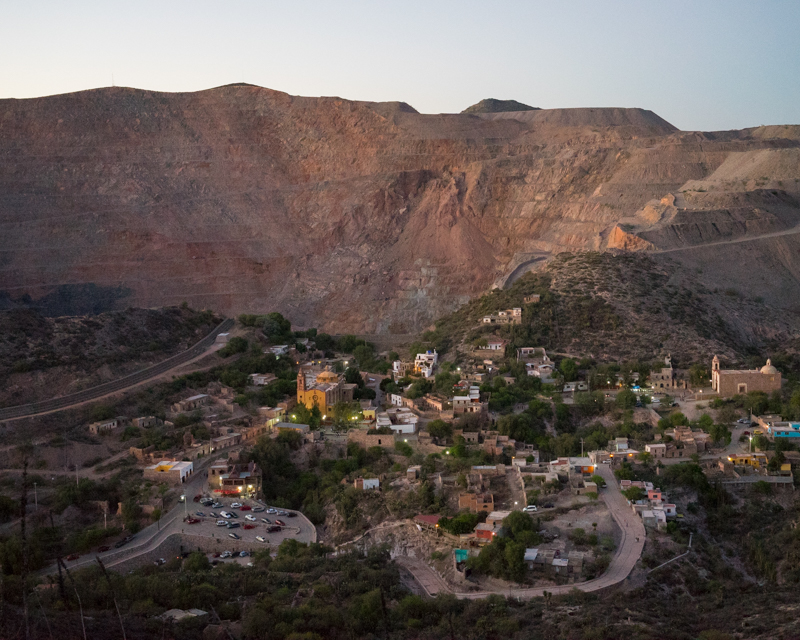
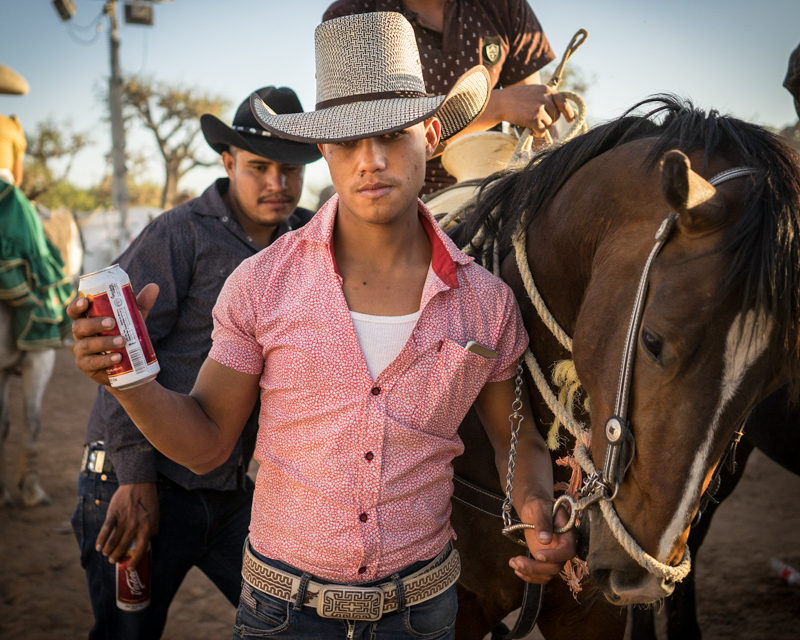
Nuestro Cerro
Nuestro Cerro [Our Hill] explores the tension between resource extraction and connection to place through the story of Minera San Xavier in Cerro de San Pedro, Mexico. Cerro de San Pedro is one of the oldest mining communities in Mexico, as well as home to one of the first Canadian mines to open after NAFTA was signed. Contrary to the conventional tunnel mines of the town’s past, Minera San Xavier is an open-pit mine. Over the course of 10 years it has blasted its way down the face of the symbolic cerro [hill], which stood overlooking the town for centuries. As the mine enters its closure phase, it leaves the community divided and with questions of what’s to come.
Narratives over mining conflicts are often presented as black and white and in this limited context, miss the more nuanced versions of reality. This photo essay is part of a larger body of work from my masters thesis in communication, which includes extensive interviews from people I built relationships with over my time in Cerro de San Pedro — community members who were torn between having the employment that would allow them to remain in the place they loved, but in doing so, destroy the hill that defined their community.
My goal for this project was to create visual space for the experiences of community members. The project was done iteratively, working between my own visual documentation while incorporating what people were saying about their experiences with the mine, their connection to the place, and the socio-economic challenges they faced. These interviews in turn shaped my construction of the visual narrative. My hope is that the viewer is left with a deeper sense of what’s passed for people living through the end of the mining era in Cerro de San Pedro.
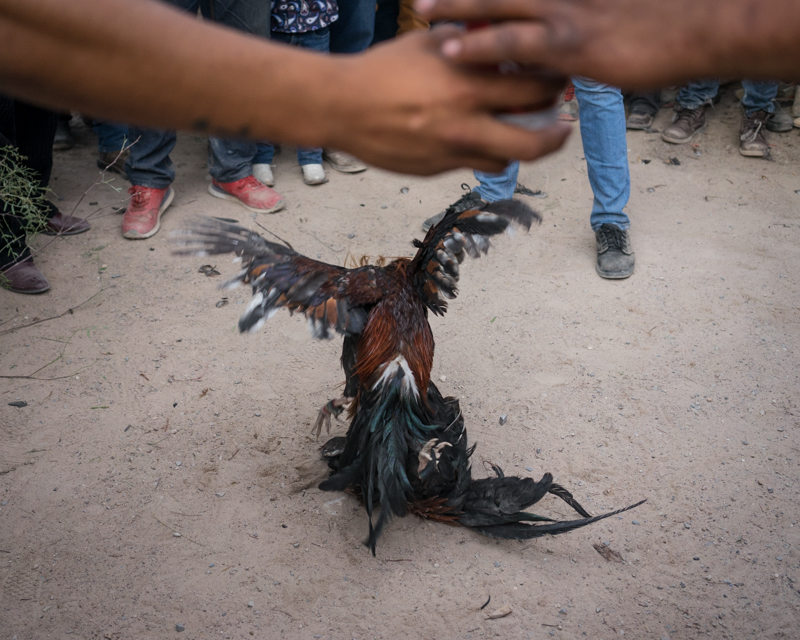



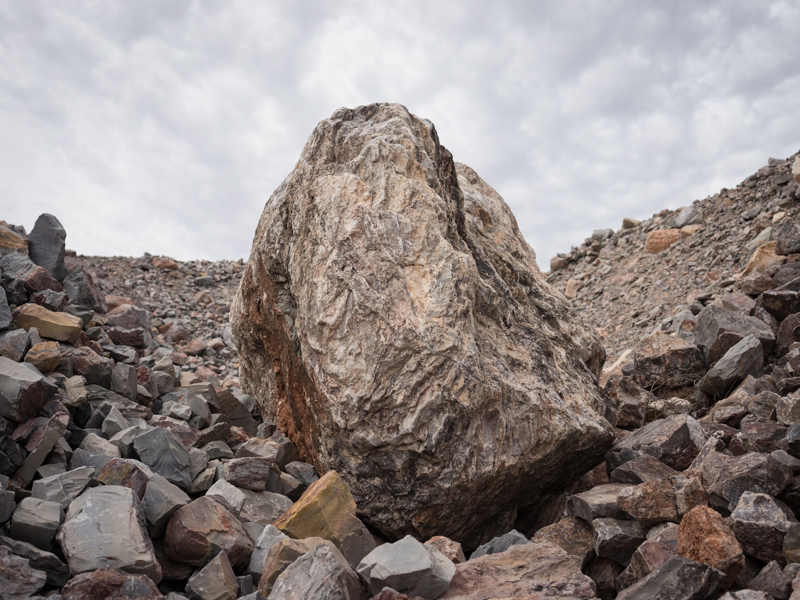


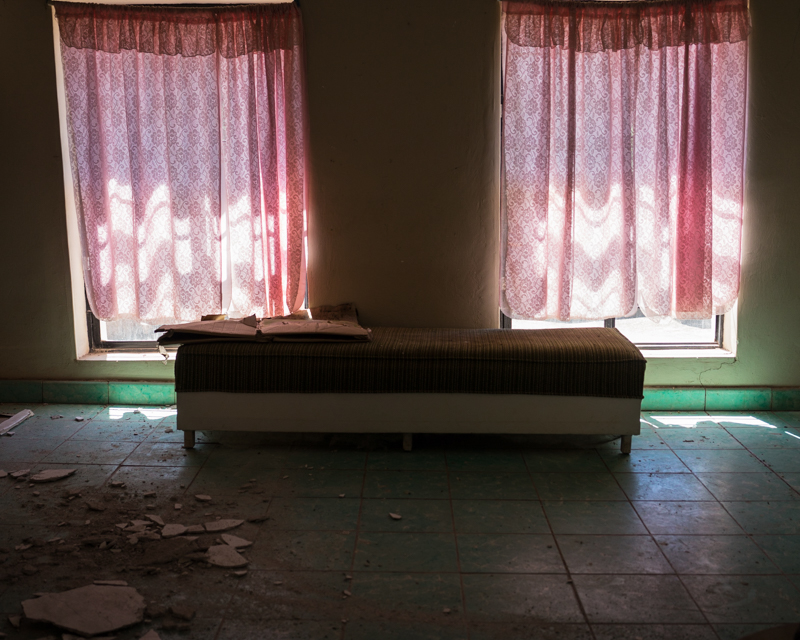




To view more of Amanda Annand’s work please visit her website.